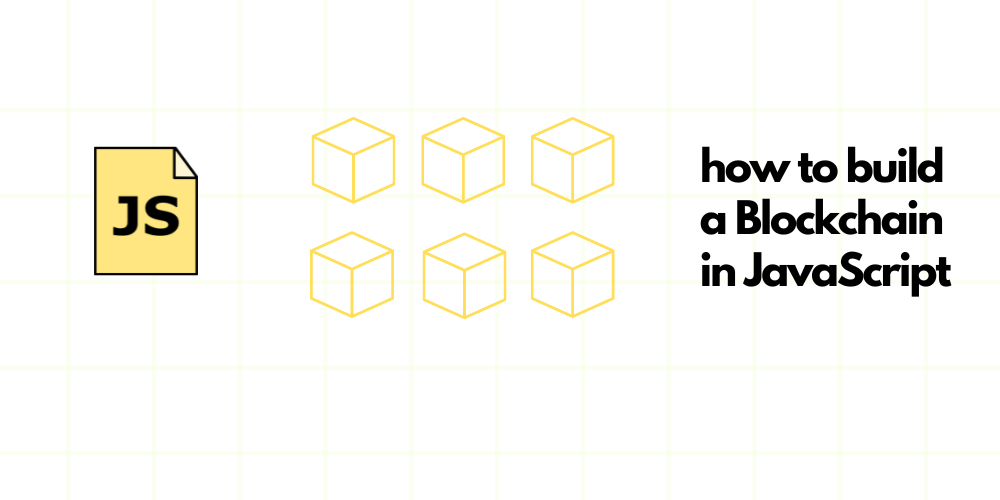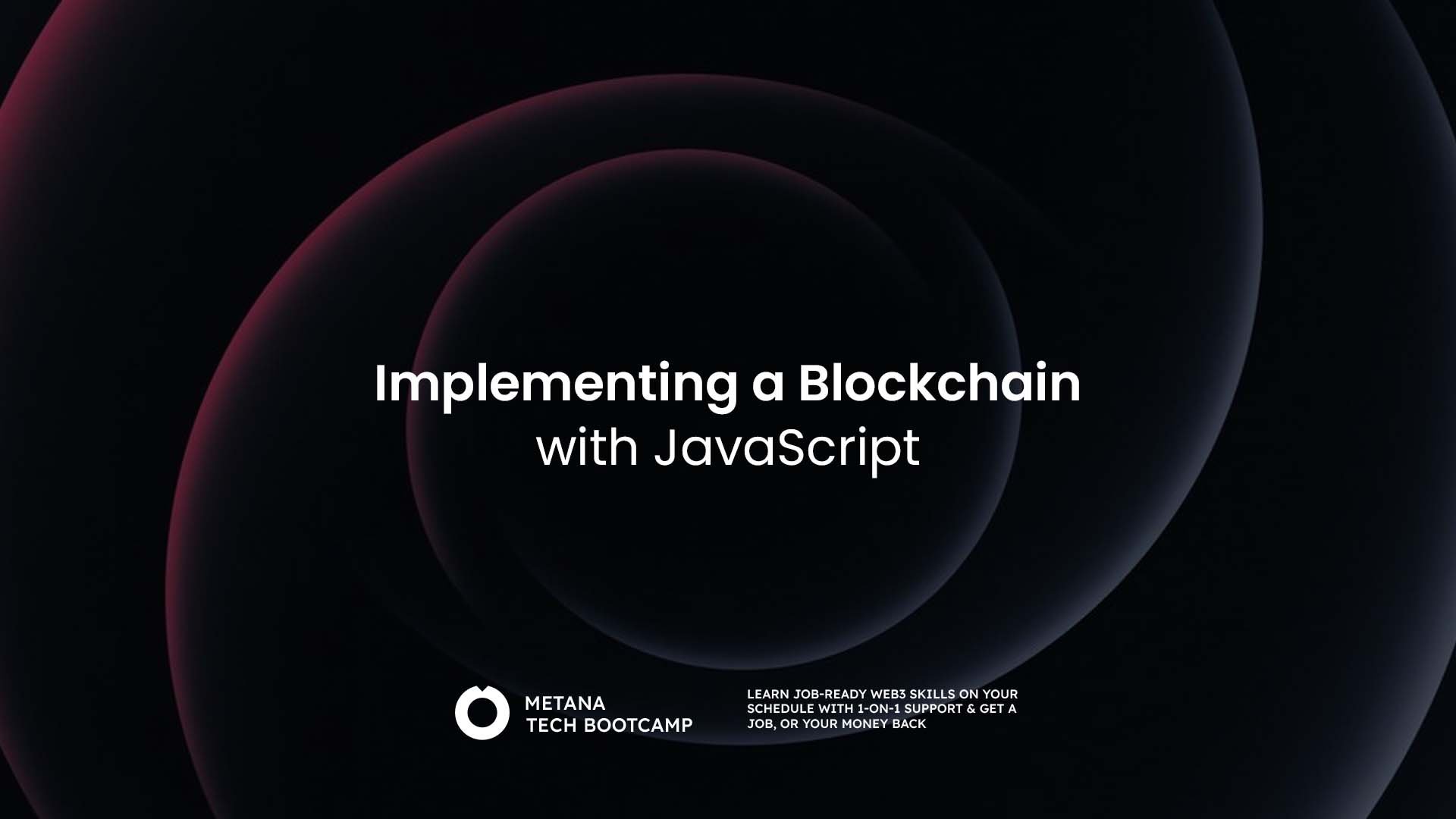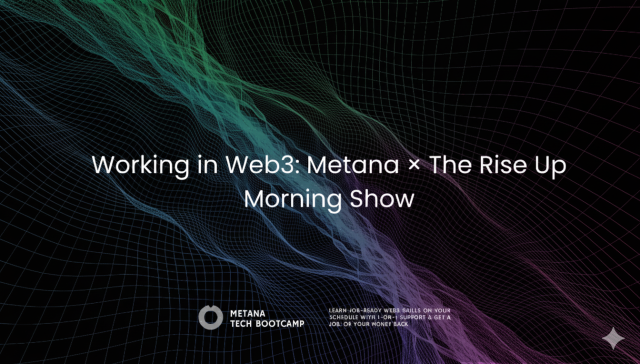TL;DR
Yes, you can implement a basic blockchain using JavaScript! This article walks you through creating a simple blockchain, covering key concepts like blocks, hashes, Proof-of-Work, and blockchain validation. Using Node.js, we define a Block class with methods to calculate hashes and mine blocks, and a Blockchain class to manage the chain and verify its integrity. While this implementation is simplified and lacks advanced features like peer-to-peer networking and smart contracts, it offers a solid foundation for understanding how blockchains work. JavaScript is a great starting point for learning blockchain development, especially for those familiar with web technologies.
Blockchain technology has gained immense popularity since the launch of Bitcoin in 2009, and it has revolutionized many industries such as finance, healthcare, and logistics. At its core, a blockchain is a decentralized ledger of transactions maintained across multiple nodes.
Implementing a blockchain can seem complex, but JavaScript, being one of the most accessible programming languages, allows us to create a basic blockchain structure without requiring deep technical knowledge. So, can we implement a blockchain with JavaScript? Absolutely! In this article, we’ll walk through the steps to build a simple blockchain using JavaScript while exploring key concepts like blocks, hashes, proof-of-work, and consensus mechanisms.
What Is a Blockchain?
A blockchain is a chain of blocks, where each block contains data such as transaction information, a timestamp, and a cryptographic hash of the previous block. This makes blockchains secure and immutable, as any alteration to a block will invalidate the subsequent blocks in the chain. Blockchain relies on decentralized networks, meaning multiple participants (nodes) store copies of the ledger and validate transactions without the need for a central authority.
Why Use JavaScript to Implement Blockchain?
JavaScript is one of the most widely used programming languages in the world, particularly for web development. Given its popularity, implementing blockchain with JavaScript can make the technology more accessible to developers who are already familiar with the language. Additionally, many blockchain platforms, such as Ethereum, use JavaScript for smart contract interaction, making it a valuable tool for blockchain developers.

Blockchain Fundamentals
Before diving into the JavaScript implementation, it’s essential to understand the core components of a blockchain:
- Blocks: These are containers that store data, typically transaction details.
- Hash: A hash is a cryptographic signature that uniquely identifies a block and its contents.
- Previous Hash: This links a block to its predecessor in the chain.
- Proof of Work: A consensus mechanism that ensures new blocks are difficult to create, but easy to verify.
- Decentralization: Blockchains are decentralized and distributed across many nodes to ensure trust.
How to Implement a Blockchain with JavaScript?
Step 1: Setting Up the Project
To begin, you’ll need to set up a JavaScript environment. You can use Node.js for server-side JavaScript development. If you don’t have Node.js installed, download and install it from the official Node.js website. Once Node.js is installed, create a new directory for your blockchain project and initialize it by running the following command in your terminal:
mkdir blockchain-js
cd blockchain-js
npm init -yNext, create a file named blockchain.js, where we’ll implement our blockchain logic.
Step 2: Defining the Block Class
In a blockchain, each block contains data and a cryptographic hash. The block also holds the hash of the previous block, which helps create the chain structure. We’ll start by defining a class for our blocks:
const crypto = require('crypto');
class Block {
constructor(index, timestamp, data, previousHash = '') {
this.index = index;
this.timestamp = timestamp;
this.data = data;
this.previousHash = previousHash;
this.hash = this.calculateHash();
}
calculateHash() {
return crypto
.createHash('sha256')
.update(this.index + this.timestamp + JSON.stringify(this.data) + this.previousHash)
.digest('hex');
}
}In the code above:
index: Represents the position of the block in the chain.timestamp: Stores the block creation time.data: Holds information, such as transaction details.previousHash: Stores the hash of the previous block, linking it to the chain.calculateHash(): Computes a SHA-256 hash of the block’s contents.
Step 3: Creating the Blockchain Class
Now that we have a block structure, we’ll define the Blockchain class. This class will manage the chain of blocks:
class Blockchain {
constructor() {
this.chain = [this.createGenesisBlock()];
}
createGenesisBlock() {
return new Block(0, '01/01/2024', 'Genesis Block', '0');
}
getLatestBlock() {
return this.chain[this.chain.length - 1];
}
addBlock(newBlock) {
newBlock.previousHash = this.getLatestBlock().hash;
newBlock.hash = newBlock.calculateHash();
this.chain.push(newBlock);
}
isChainValid() {
for (let i = 1; i < this.chain.length; i++) {
const currentBlock = this.chain[i];
const previousBlock = this.chain[i - 1];
if (currentBlock.hash !== currentBlock.calculateHash()) {
return false;
}
if (currentBlock.previousHash !== previousBlock.hash) {
return false;
}
}
return true;
}
}createGenesisBlock(): The first block in any blockchain, known as the Genesis Block, has no previous block and is manually created.addBlock(): Adds a new block to the chain after setting itspreviousHashand recalculating the hash.isChainValid(): Verifies the blockchain’s integrity by checking that every block’s hash matches its calculated hash and that each block is correctly linked to the previous block.
Step 4: Proof of Work
Blockchains often employ a Proof-of-Work mechanism to secure the network. It involves solving a computational problem before adding a block, making it difficult for attackers to tamper with the chain. We’ll implement a simple Proof-of-Work by introducing a mineBlock() method that adjusts the block’s hash until it starts with a specific number of leading zeros:
class Block {
constructor(index, timestamp, data, previousHash = '') {
this.index = index;
this.timestamp = timestamp;
this.data = data;
this.previousHash = previousHash;
this.hash = this.calculateHash();
this.nonce = 0;
}
calculateHash() {
return crypto
.createHash('sha256')
.update(this.index + this.timestamp + JSON.stringify(this.data) + this.previousHash + this.nonce)
.digest('hex');
}
mineBlock(difficulty) {
while (this.hash.substring(0, difficulty) !== Array(difficulty + 1).join('0')) {
this.nonce++;
this.hash = this.calculateHash();
}
console.log(`Block mined: ${this.hash}`);
}
}In this implementation, the mineBlock() method adjusts a nonce value until the block’s hash has the required number of leading zeros.
Step 5: Putting It All Together
Let’s now create a simple blockchain and test it:
let myBlockchain = new Blockchain();
console.log('Mining block 1...');
myBlockchain.addBlock(new Block(1, '02/01/2024', { amount: 100 }));
console.log('Mining block 2...');
myBlockchain.addBlock(new Block(2, '03/01/2024', { amount: 50 }));
console.log(JSON.stringify(myBlockchain, null, 4));
console.log('Is blockchain valid? ' + myBlockchain.isChainValid());Can We Implement a Blockchain with JavaScript?
Yes, we can implement a basic blockchain using JavaScript, as demonstrated in this article. While this simple blockchain implementation introduces core concepts such as blocks, hashing, and Proof-of-Work, it lacks many features of a full-fledged blockchain, such as peer-to-peer networking, consensus protocols, and smart contracts. However, this JavaScript implementation provides a solid foundation for understanding how blockchains work.
Final Thoughts
Blockchain technology is transforming industries, and building one from scratch using JavaScript can offer valuable insights into its underlying mechanics. While this project is simplified, it can be extended to include more advanced features such as peer-to-peer networking, transaction validation, and smart contract execution. JavaScript provides an excellent platform for learning blockchain development, especially for those familiar with web technologies.
By understanding the fundamentals of blockchain through this JavaScript implementation, developers can build on this knowledge to create more complex decentralized applications (DApps) and explore various blockchain frameworks like Ethereum and Hyperledger.
In conclusion, JavaScript is not only capable of implementing a blockchain but also makes the technology accessible to a broader audience of developers. Whether you’re a beginner or an experienced developer, diving into blockchain with JavaScript is a powerful way to grasp the intricacies of decentralized systems.
FAQs
Can we implement a blockchain with JavaScript?
- Yes, you can implement a basic blockchain using JavaScript, as demonstrated in this article. It’s a great way to understand blockchain concepts.
Is this JavaScript blockchain suitable for real-world use?
- No, this implementation is for educational purposes. A production-ready blockchain requires features like peer-to-peer networking, security, and consensus protocols.
What is the role of Proof of Work in blockchain?
- Proof of Work ensures that adding new blocks to the chain is computationally difficult, which helps secure the blockchain from attacks.
Can I extend this blockchain project?
- Yes, you can extend it by adding features like peer-to-peer networking, transaction validation, and smart contracts.
Is JavaScript widely used for blockchain development?
- JavaScript is commonly used for blockchain interaction (e.g., web3.js) but is not typically used to build complete blockchain systems, which often use specialized languages like Solidity.








